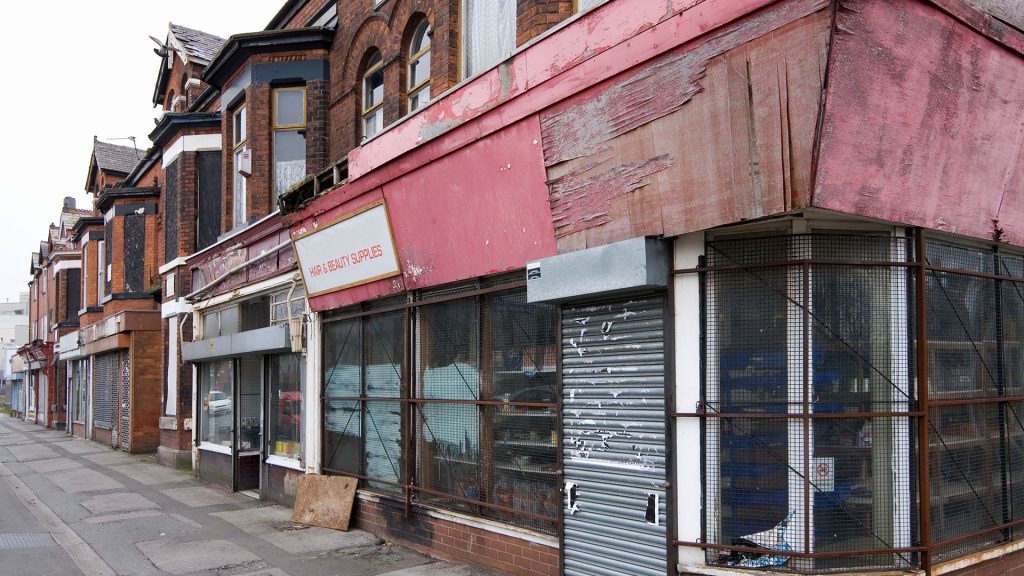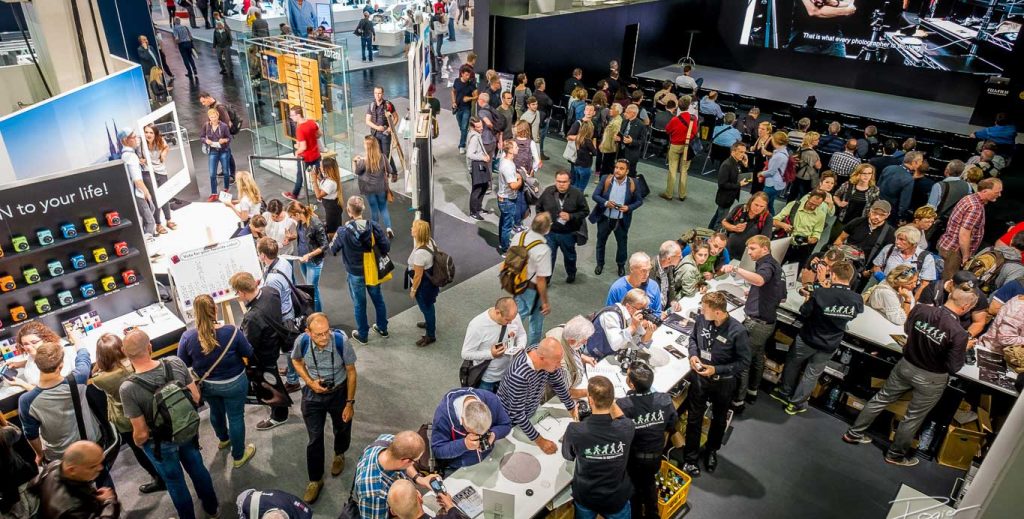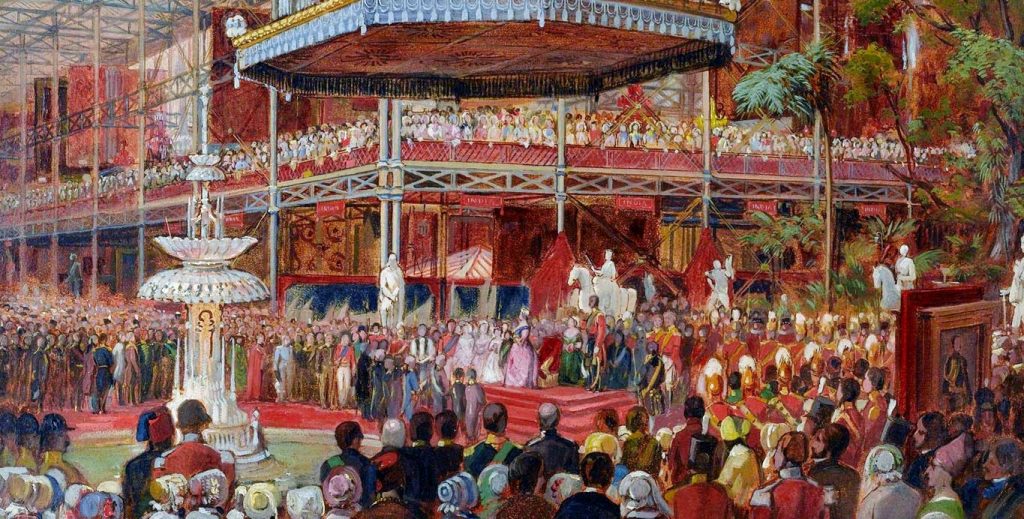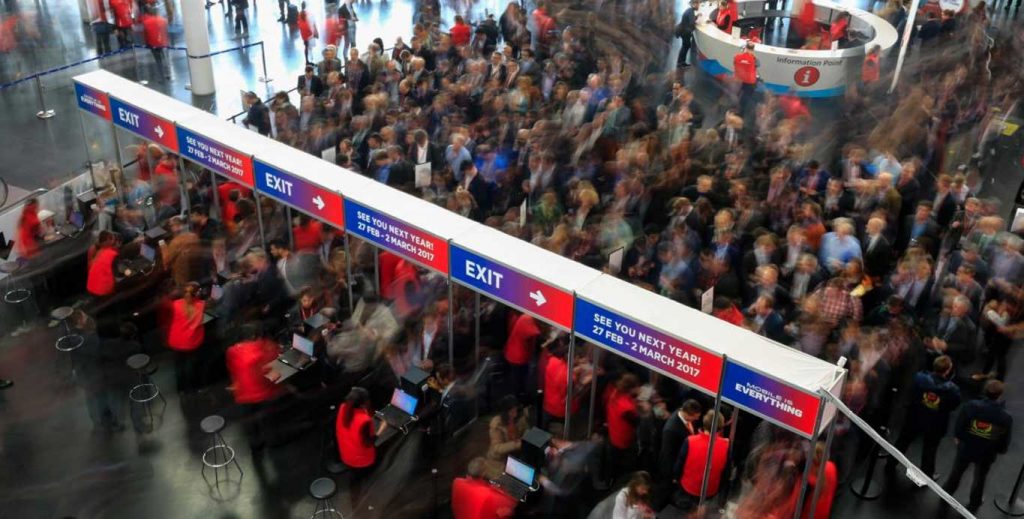Exhibitions are dead.
Exhibitions are dead. Long live exhibitions
Turn the clock back to the 1990s. The internet was in its infancy and all the talk was that people would shop from home and walk around virtual exhibition stands with the click of a mouse, consigning physical exhibitions to history. These predictions are partly accurate: online shopping now represents around 15% of all retail spend, with some suggesting 5% annual growth. A quick look at any UK high street confirms that bricks and mortar shops are having a tough time.

Buying things today has never been easier. Anything from a loaf of bread to an 80” LED screen can be delivered to your desk within an hour. However, this assumes you know exactly what you want, or don’t really mind what you get. Let’s say you’re looking for a high-end digital SLR camera. You do your online research, read reviews and see all the tech specs. But as more and more local shops close, opportunities to pick up the real thing and be shown how to use it are slimmer and slimmer.
What’s the solution? Somewhere you can visit multiple manufacturers to discuss your needs, touch and handle the product? An exhibition perhaps? I believe that the move to online shopping is the very reason why exhibitions are more relevant now than they’ve been for some time.

The materials and technology available for exhibitions may have changed, but the principles of their use remains the same. Materials are the frame, whilst content is the canvas. That content can be delivered in many ways, but in my opinion, people are the most important conduit.

Image courtesy of sappers-minerswa
There are fewer and fewer opportunities for customers, potential customers and existing customers to meet companies face-to-face, shake hands, discuss benefits and issues, and ultimately become brand ambassadors. That’s why the most important component on any exhibition stand is people. Not contracted sales staff briefed half a day before opening, not a struggling student dressed up in a bunny outfit. Real live people that work for the exhibiting business, that have in-depth knowledge of the company, its products and services, and that can converse with visitors about it all.
You can dress up the frame around the people with fancy attractors, signage, screens and suchlike, but people travel to exhibitions to see people and to touch products. If neither of these things are important then you probably shouldn’t visit or exhibit. Send an email, post a video on your website, or order from Amazon instead.
People want stories told to them, photo opportunities for social media sharing, meeting like-minded people in similar industries or with the same hobbies to learn something new, to tell others what they’ve learnt. In short, people want experiences they can’t get online – something tangible, something real.

Photo courtesy of gaia.adage.com
As an experiential design agency, 2LK’s job is to encourage these personal interactions, to facilitate deeper conversation, to tell stories in ways that people want to hear them and ultimately to create moments that visitors want to capture, discuss, share and remember. Effective ‘experience design’ is all about building meaningful engagement and the best form of engagement is a personal one: face-to-face, handshake-to-handshake. None of this is rocket science, it’s all too easily forgotten common sense.